True Comfrey Herb Seeds – 10 Symphytum Officinale Seeds, Rosy Purple Flowers, Perennial Medicinal Herb, Deer Resistant
$9.59
Grow 10 True Comfrey seeds with rosy purple flowers. This perennial herb is ideal for medicinal, ornamental, or ground cover purposes.
Shipping and Return policies:
We stand behind our plants with our Alive & Thrive Guarantee. If you experience any issues within the first 30 days, please email us, and our team will be happy to help. When needed, we’ll send you a one-time replacement free of charge to make sure your garden keeps growing strong.
Reasonable Price
We offer reasonable price
Support 24/7
Contact us 24 hrs a day100% Money Back
You’ve 30 days to ReturnPayment Secure
100% secure paymentAbout True Comfrey
True Comfrey (Symphytum Officinale) is a hardy perennial herb cherished for its medicinal and ornamental properties. Native to Europe and Asia, it thrives in various climates, particularly USDA zones 4-9.
Growing Conditions
Comfrey grows 24-36 inches tall and prefers average to moist soil, adaptable to heavier soils. It flourishes in full sun to partial shade. The clusters of rosy purple flowers bloom from May to June, attracting beneficial pollinators, making this plant a wildlife-friendly choice for gardens.
Benefits of True Comfrey
This perennial herb is not only beautiful but also versatile. Its medicinal uses include preparation of salves and teas, renowned for skin and bone health. Moreover, Comfrey is deer resistant, making it a robust choice for borders and ground cover in deer-prone areas.
Container Growing
True Comfrey can be grown in containers, perfect for small spaces or controlling its spread. With proper care, this plant can thrive in various garden environments, tolerating drought once established.
FAQs
- How tall does True Comfrey grow? It reaches 24-36 inches tall with a 12-15 inch spread.
- Can Comfrey be grown in containers? Yes, it’s suitable for containers.
- What are the medicinal uses of Comfrey? Comfrey is used for skin treatments and wound care.
- What growing conditions does Comfrey prefer? It thrives in full sun to partial shade with average to moist soil.
- Is True Comfrey invasive? It can spread easily; growing in containers can help control its growth.
4 reviews for True Comfrey Herb Seeds – 10 Symphytum Officinale Seeds, Rosy Purple Flowers, Perennial Medicinal Herb, Deer Resistant
Add a review
You must be logged in to post a review.













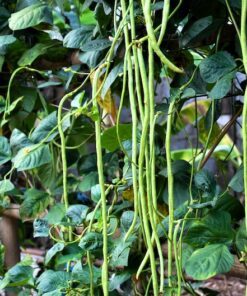

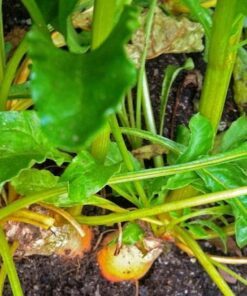

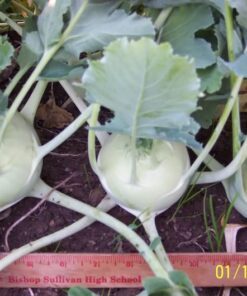



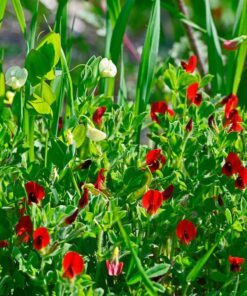

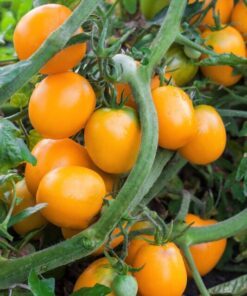

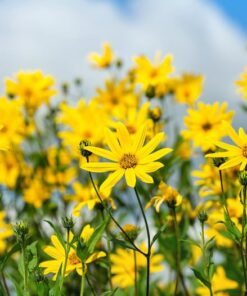
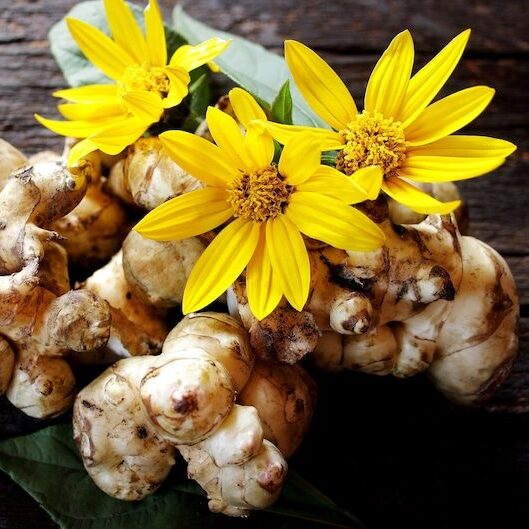
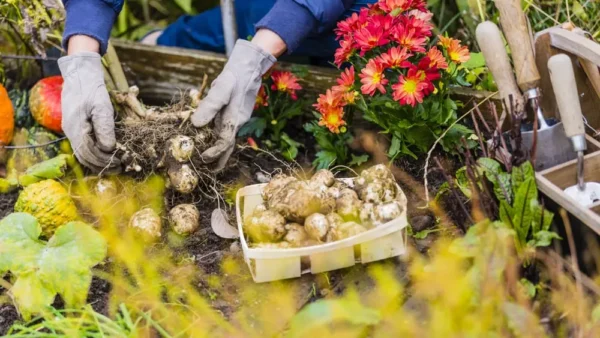
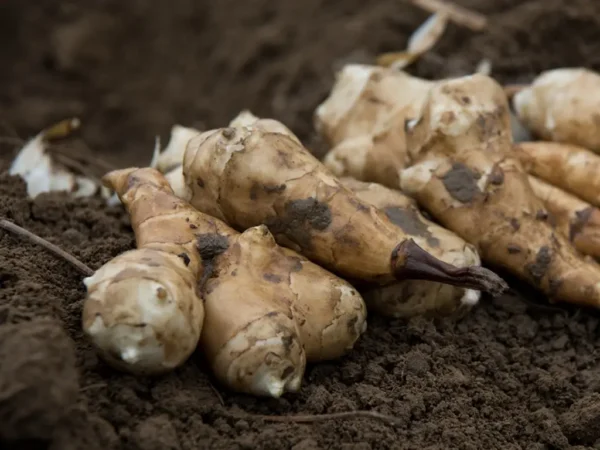
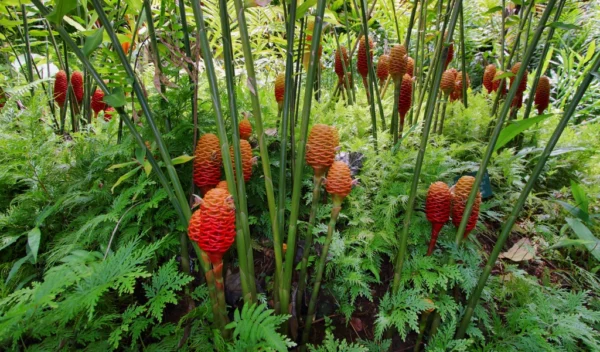
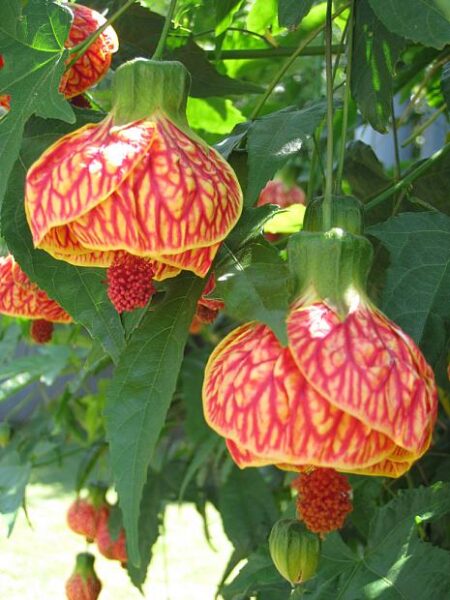
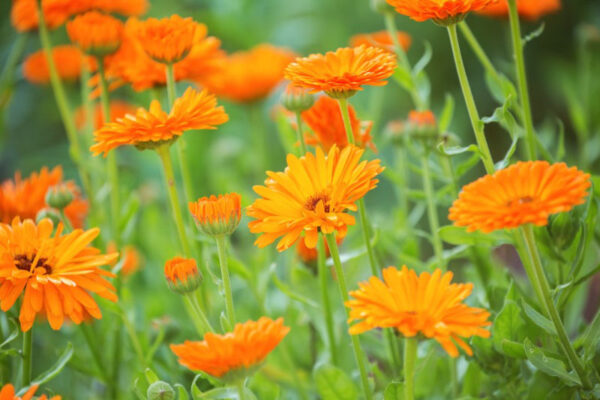
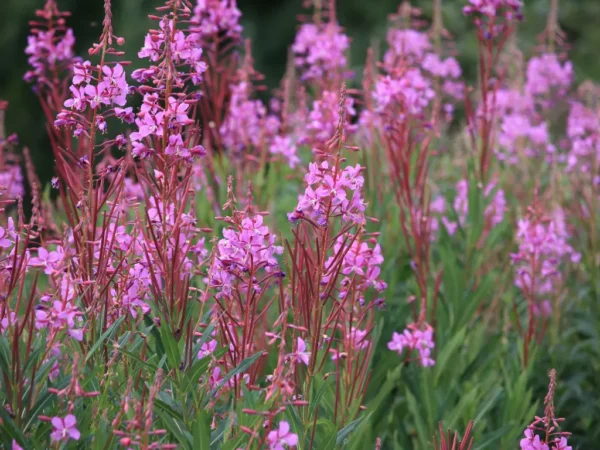
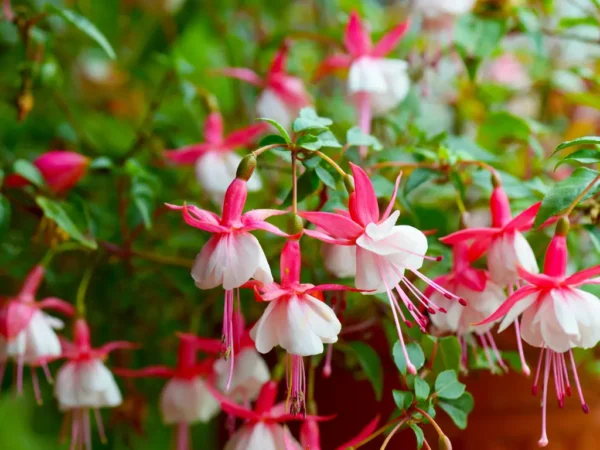
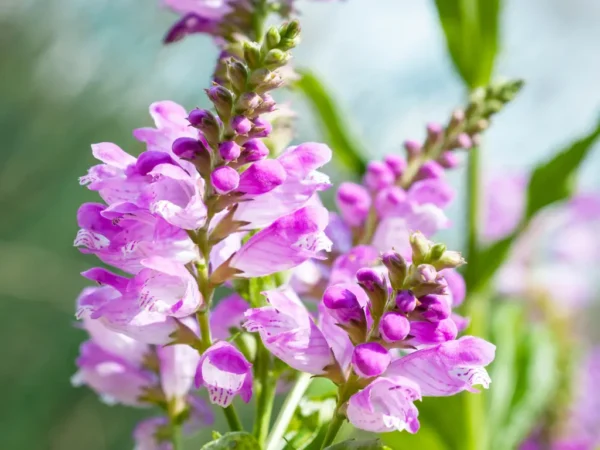


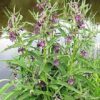
Kathy –
I purchased three things from this seller. Arrived quickly and packaged well. I just planted the Comfrey, so looking forward to seeing it grow!
Rhiannon Futch –
Fantastic purchase! They are sprouting now, I am so thrilled.
Kim –
Fast Shipping but wont grow them until spring. Thanks so much!
Renee –
Thanks for the gifted seeds.